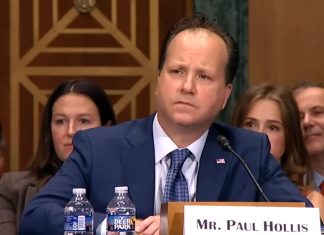More than 30 bids poured in for an 1895 Morgan Dollar, PR67+ Deep Cameo before it sold for a record $324,000 to lead Heritage’s September 12-15 Long Beach Expo US Coins Signature® Auction to $11,544,441.
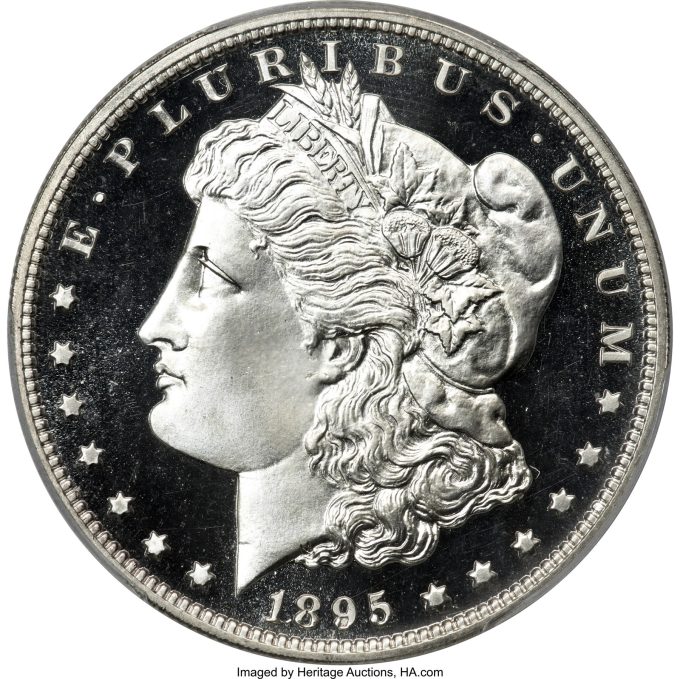
Coupled with the $10,587,005 from Heritage’s September 11-13 Long Beach Expo US Currency Signature® Auction that was led by a Fr. 2220-E $5,000 1928 Federal Reserve Note. PMG Gem Uncirculated 65 EPQ lifted the combined total for the events to $22,131,446.
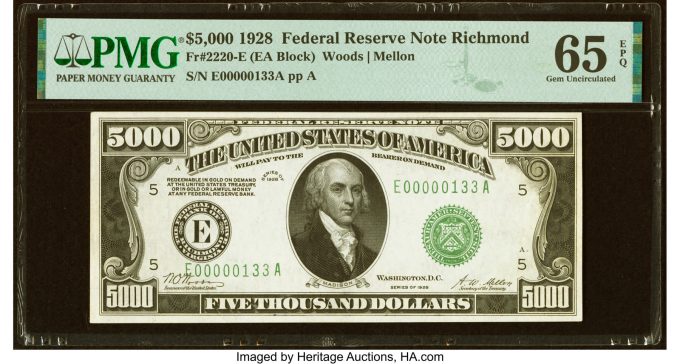
The result for the 1895 Morgan dollar smashed the previous record of $269,500.
"It is possible that as many as 12,000 circulation strike Morgan dollars were produced, but if there are any survivors, they have been kept well out of the public eye," says Todd Imhof, Executive Vice President at Heritage Auctions. "This coin is one of just 880 Proofs that were struck, but most of them are well out of reach of the collecting community, too. This is a magnificent addition to any collection."
Also popular among collectors was Major General Alexander Macomb’s Congressional Gold Medal, which drew 55 bids before closing at $240,000. Macomb was one of 27 War of 1812 veterans honored with the Congressional Gold Medal, which was engraved by Moritz Fürst and was one of several adorned with a battle scene on the reverse. Although bronze duplicates were struck for decades by the U.S. Mint, only Macomb’s personal specimen, which he received directly from the hands of former President James Madison, was struck in gold.
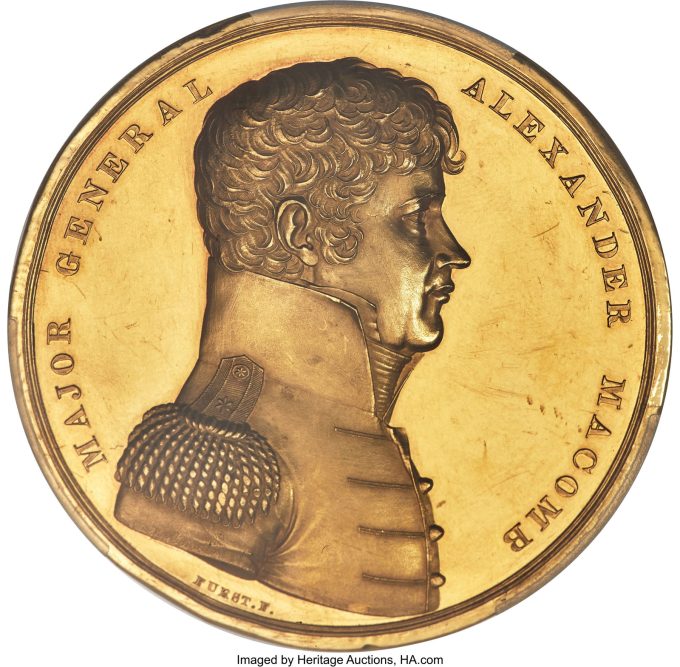
A 1909-O Indian Half Eagle, MS64, PCGS CAC Variety 1 ended at $216,000. Just 34,200 were struck in 1909, and the 1909-O Indian half eagle represents the only issue of Bela Lyon Pratt’s design ever struck at the historic facility. When the coins were released into circulation, a few high-quality examples were saved by contemporary collectors.
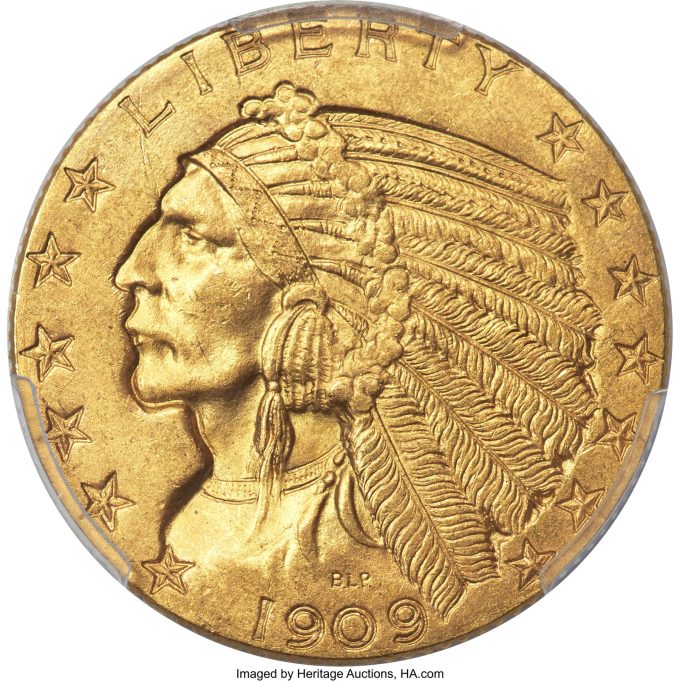
The auction included items from several collections, including the Duffy Family Collection that featured a bumper crop of silver and gold type coins in collector grades. Among the top lots from the collection was a 1907 Rolled Edge Eagle, AU55 PCGS, a beautiful example of the second-rarest issue in the entire series that drew a winning bid of $186,000. The Rolled Edge coins were meant to solve the problems of their Wire Rim pattern predecessors, but fell short; for example, the Rolled Edge coins usually were softly struck in the centers, and Mint Superintendent John Landis did not care for the design, which was soon abandoned in favor of the No Periods motif. This impressive Choice AU specimen is one of just 50 examples that were not melted before distribution.
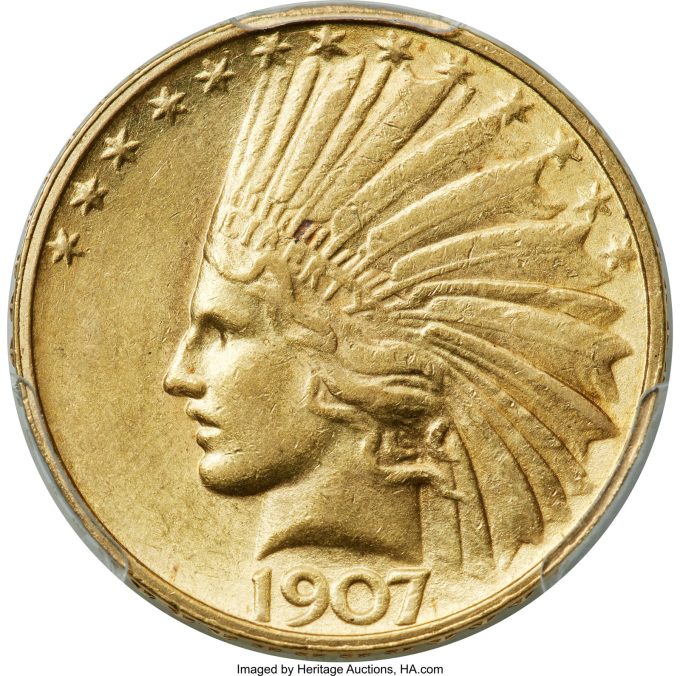
A 1907 High Relief, Wire Rim Double Eagle, MS67★ NGC, among the finest examples of this exceptional coin, finished at $168,000. Augustus Saint-Gaudens believed in the theory of conceiving an idea and then seeing it through, a methodical pace he followed when designing ten and twenty dollar coins at the request of President Theodore Roosevelt. NGC lists nearly three dozen High Reliefs in MS67 and associated Plus and Star grades, but most of those coins are reported for the Flat Rim variant. Wire Rim pieces are, curiously, rarer. NGC lists four Wire Rim coins in MS67, plus one in MS67+, this one in MS67★, and one in MS67+★, with two MS68s finer.
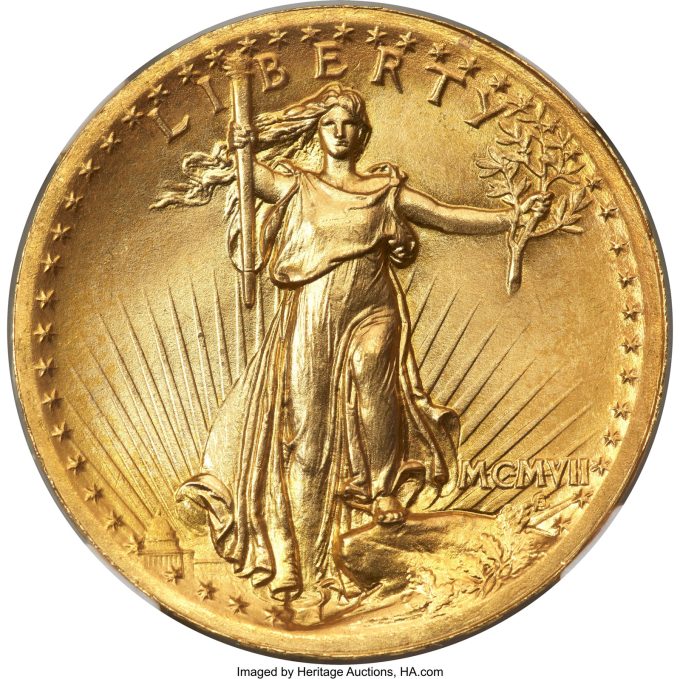
Also from the Duffy Collection comes a 1796 Capped Bust Right Quarter Eagle, AU50 PCGS that reached $152,400. This beauty is from a tiny mintage of just 963 pieces, and when the No Stars motif was abandoned later in the year, it made this coin a celebrated one-year design type that Ron Guth called "one of the most historic and important U.S. gold coins" and Q. David Bowers called "the rarest U.S. gold design." John Dannreuther estimates the BD-2 dies were used to strike 897 pieces of the first-year mintage and the surviving population of the BD-2 variety is 100-125 examples in all grades.
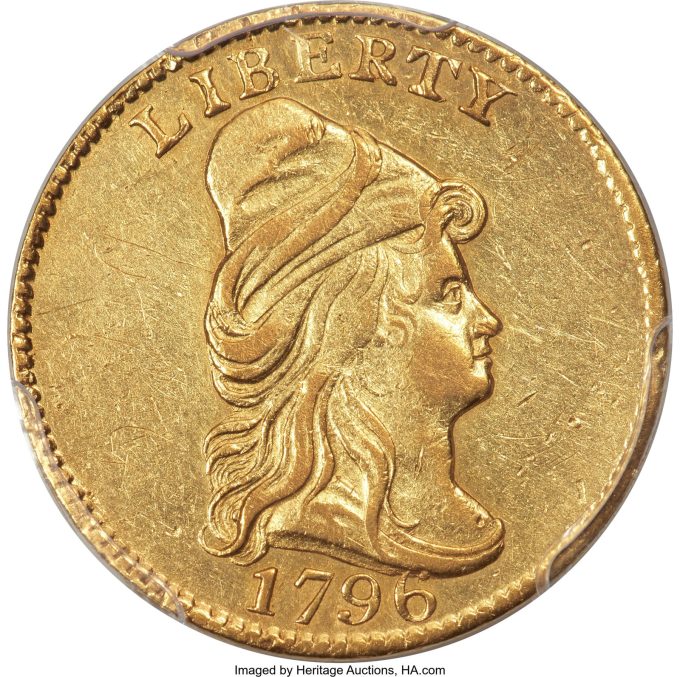
A third prize from the Duffy Collection was a 1793 S-3 Cent, AU55, PCGS CAC that drew more than three dozen bids before it sold for $150,000. Examples in this quality are exceptionally rare: the population graded in 55 sits at just two, with one finer; CAC 1 in 55, with none finer.
Other top lots from the Long Beach Expo US Coins auction included, but were not limited to:
- A 1797 Small Eagle Half Dollar, O-101a (T-1), AU50 PCGS: $144,000
- A 1792 Half Disme, Judd-7, AU50 PCGS: $144,000
- A 1808 Capped Bust Left Quarter Eagle, AU53: $126,000
- A 1879 Flowing Hair Stella, PR50 PCGS: $120,000
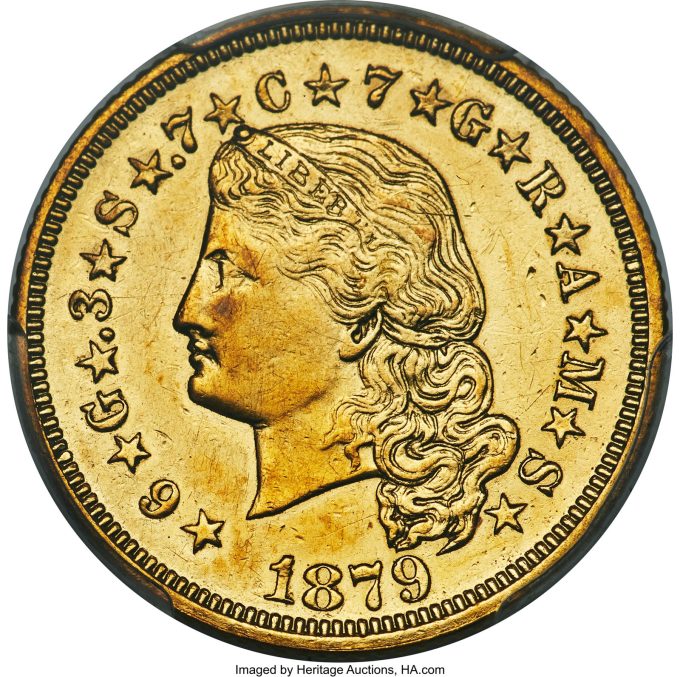
1879 Flowing Hair Stella, PR50 - An MS William Hollingshead Counterstamp on a 1751-R Brazil 6400 Reis AU50 PCGS: $102,000
- An Ephraim Brasher Counterstamp on a 1760 Great Britain Half Guinea VF30 NGC: $78,000
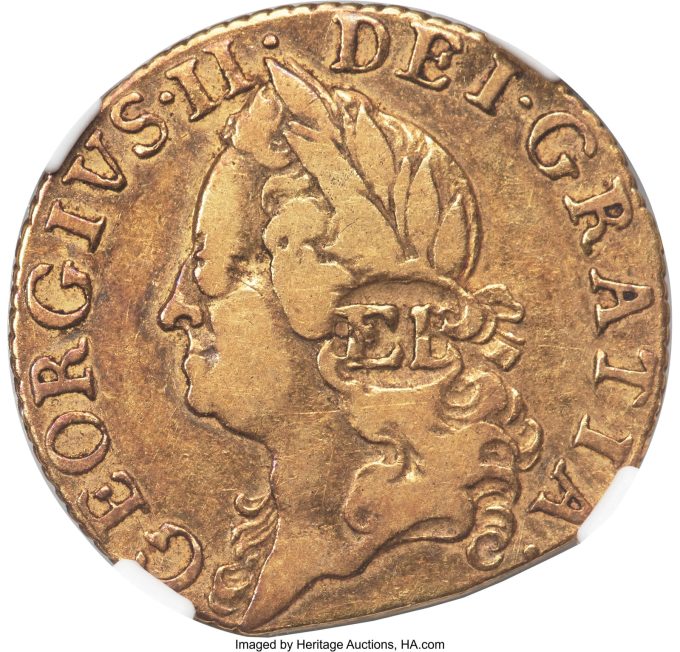
Ephraim Brasher Counterstamp on a 1760 Great Britain Half Guinea
Complete results from the Long Beach Expo US Coins auction can be found at HA.com/1377.
Currency
The Fr. 2220-E $5,000 1928 Federal Reserve Note. PMG Gem Uncirculated 65 EPQ that led the currency event comes from the Ronald R. Gustafson Collection, and is the finest PMG-graded Series 1928 in this denomination and the sole finest known 1928 $5,000 from any district.

The PMG Population Report has graded just 22 Series 1928 $5,000s for all districts, and this note sits alone atop the list.
"We have seen a number of high-grade $5,000s in recent years, but all of those were from the 1934 Series, and none could compare in quality with this incredible note from the 1928 Series," says Dustin Johnston, Vice President of Numismatics at Heritage Auctions. "The winning bidder won a magnificent note, perhaps the pinnacle of 20th century US type notes."
Another high-denomination trophy in the auction was a Fr. 2230-E $10,000 1928 Federal Reserve Note. PMG About Uncirculated that drew a winning bid of $384,000. Series 1928 $10,000 notes are exceedingly rare – PMG has graded from among all districts only seven Series 1928 $10,000 notes, compared to 113 Series 1934 $10,000s. Census keepers experts have found just 10 Series 1928 representatives from all districts combined … and even that number is deceptive, as the only New York and San Francisco examples are housed in the collection of the Federal Reserve Bank of San Francisco, meaning just eight remain in the possession of collectors, and of those, this magnificent example carries the second-highest grade.
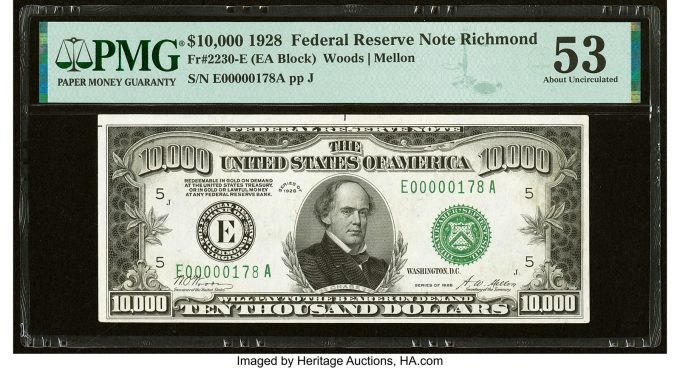
Also from the Gustafson Collection comes a beautiful Fr. 2220-J $5,000 1928 Federal Reserve Note. PMG Extremely Fine 40 that sold for $228,000. One of just two known 1928 Kansas City $5,000s, this extraordinary rarity from an original run of just 720 was acquired by the consignor when Heritage auctioned the massive Taylor Family collection in 2005. Listed at the time in Stephen M. Sullivan’s Small Sized High Denomination Notes as unique, it has since been joined by a PCGS 40 example listed in Track & Price that was sold in 2014.
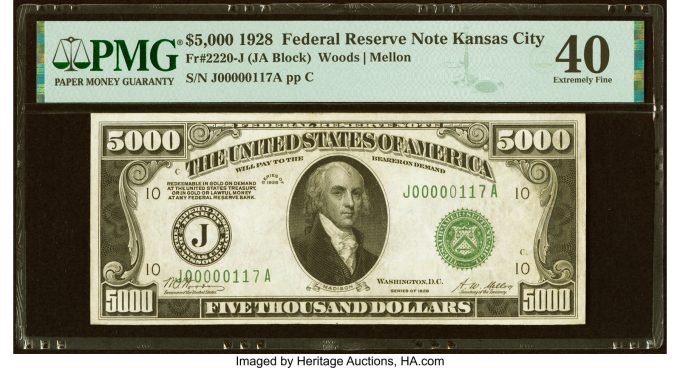
The Gustafson Collection included several notes bearing the coveted Serial Number 1, including one of just three known Serial Number 1 Fr. 2200-C $500 1928 Dark Green Seal Federal Reserve Note. PMG About Uncirculated 55 notes, which realized $114,000.
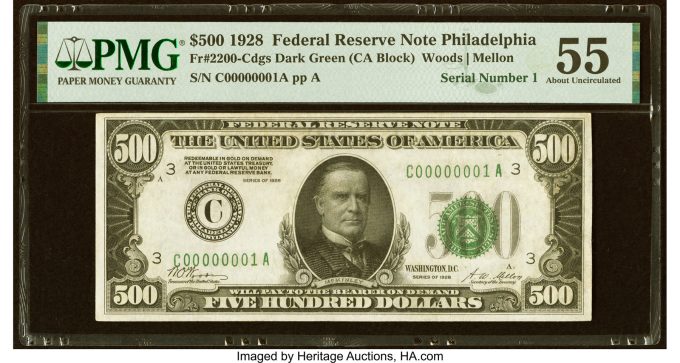
Heritage experts know of just two other regular serial number 1 examples: a Series 1928 Chicago note that resides in the Smithsonian Institution, and a Series 1934 New York note (a Series 1934 star from Kansas City also could be added to the tiny population). Other serial number 1 notes from the Gustafson Collection included a Serial Number 1 Fr. 1950-K $5 1928 Federal Reserve Note. PMG Gem Uncirculated 66 EPQ that sold for $40,800 and a Serial Number 1 Fr. 2050-F $20 1928 Federal Reserve Note. PMG Choice Uncirculated 63 that brought a winning bid of $21,600.
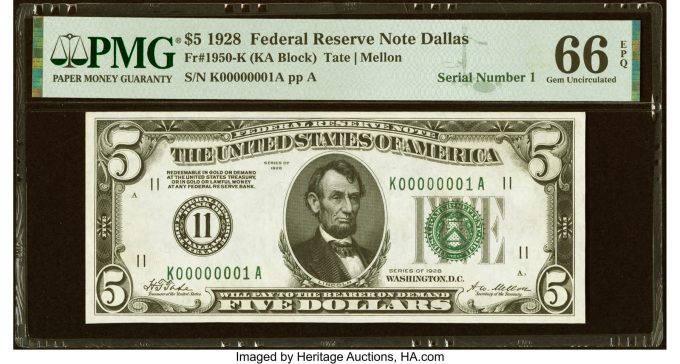
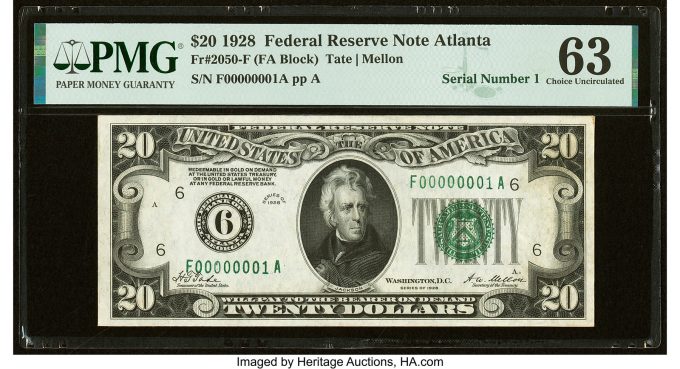
A gorgeous Fr. 167a $100 1863 Legal Tender PCGS Choice About New 55PPQ brought $216,800. A rare and attractive $100 Legal known as the "Spread Eagle" note because of the portrait of the eagle with its wings stretched wide on the obverse, it comes from a Track & Price census population of just 23 serial numbers, a figure that has increased only by one since 2016. But five of those examples are out of reach, with two in the collection of the Smithsonian Institution, and one each in the ANA Museum and in the collections of the Federal Reserve Banks of Chicago and Kansas City, leaving just 18 examples available to collectors.
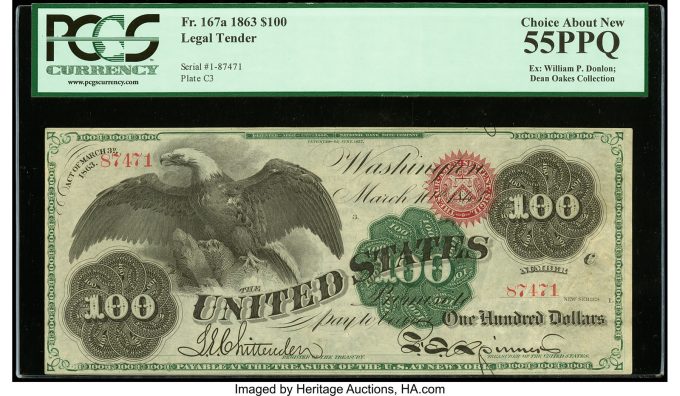
Always in high demand are notes with exceptionally low serial numbers, like the Serial Number 3 Fr. 2221-B $5,000 1934 Federal Reserve Note. PMG Extremely Fine 40 that prompted more than a dozen bids before it sold for $192,000.
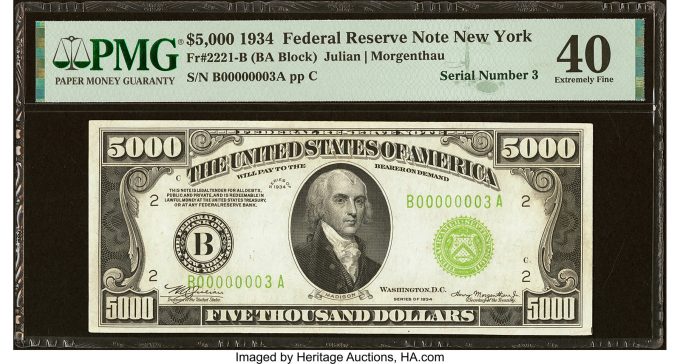
Other top results from the Long Beach Expo Currency auction included, but were not limited to:
- A Fr. 2221-H $5,000 1934 Federal Reserve Note. PMG Very Fine 25 – from the Dwane Johansen Collection and one of just seven known: $120,000
- A Fr. 203 $50 1863 Interest Bearing Note PMG Very Fine 25 – one of just six available to collectors: $120,000
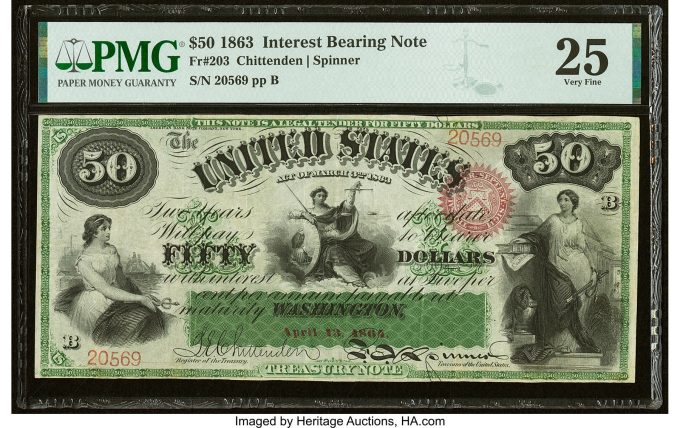
Fr. 203 $50 1863 Interest Bearing Note PMG Very Fine 25 - A Baltimore, MD – $100 1875 Fr. 456 The National Bank of Baltimore Ch. # 1432 PMG Choice Very Fine 35 EPQ – the finer of just two reported: $120,000
- A Fr. 377 $100 1890 Treasury Note PMG Very Fine 20: $114,000
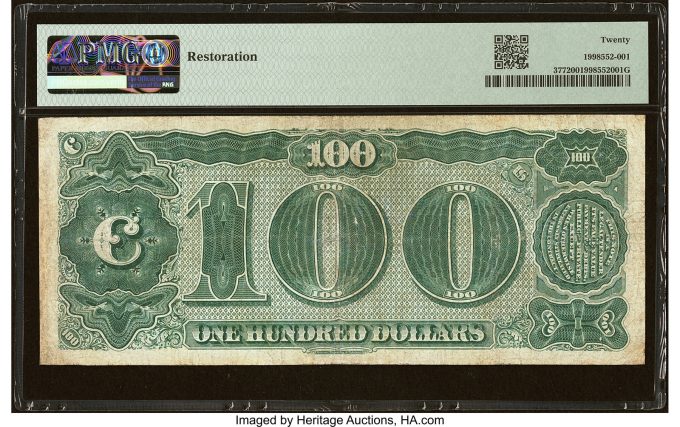
Fr. 377 $100 1890 Treasury Note PMG Very Fine 20 - A Fr. 1180 $20 1905 Gold Certificate PMG Superb Gem Unc 67 EPQ – tied for the finest graded: $108,000
Complete results from the currency auction can be found at HA.com/3596.
About Heritage Auctions
Heritage Auctions is the largest fine art and collectibles auction house founded in the United States, and the world’s largest collectibles auctioneer. Heritage maintains offices in New York, Dallas, Beverly Hills, Chicago, Palm Beach, London, Paris, Amsterdam, Brussels, Hong Kong and Tokyo.
Heritage also enjoys the highest Online traffic and dollar volume of any auction house on earth (source: SimilarWeb and Hiscox Report). The Internet’s most popular auction-house website, HA.com, has more than 1,750,000 registered bidder-members and searchable free archives of more than 6,000,000 past auction records with prices realized, descriptions and enlargeable photos. Reproduction rights routinely granted to media for photo credit.

